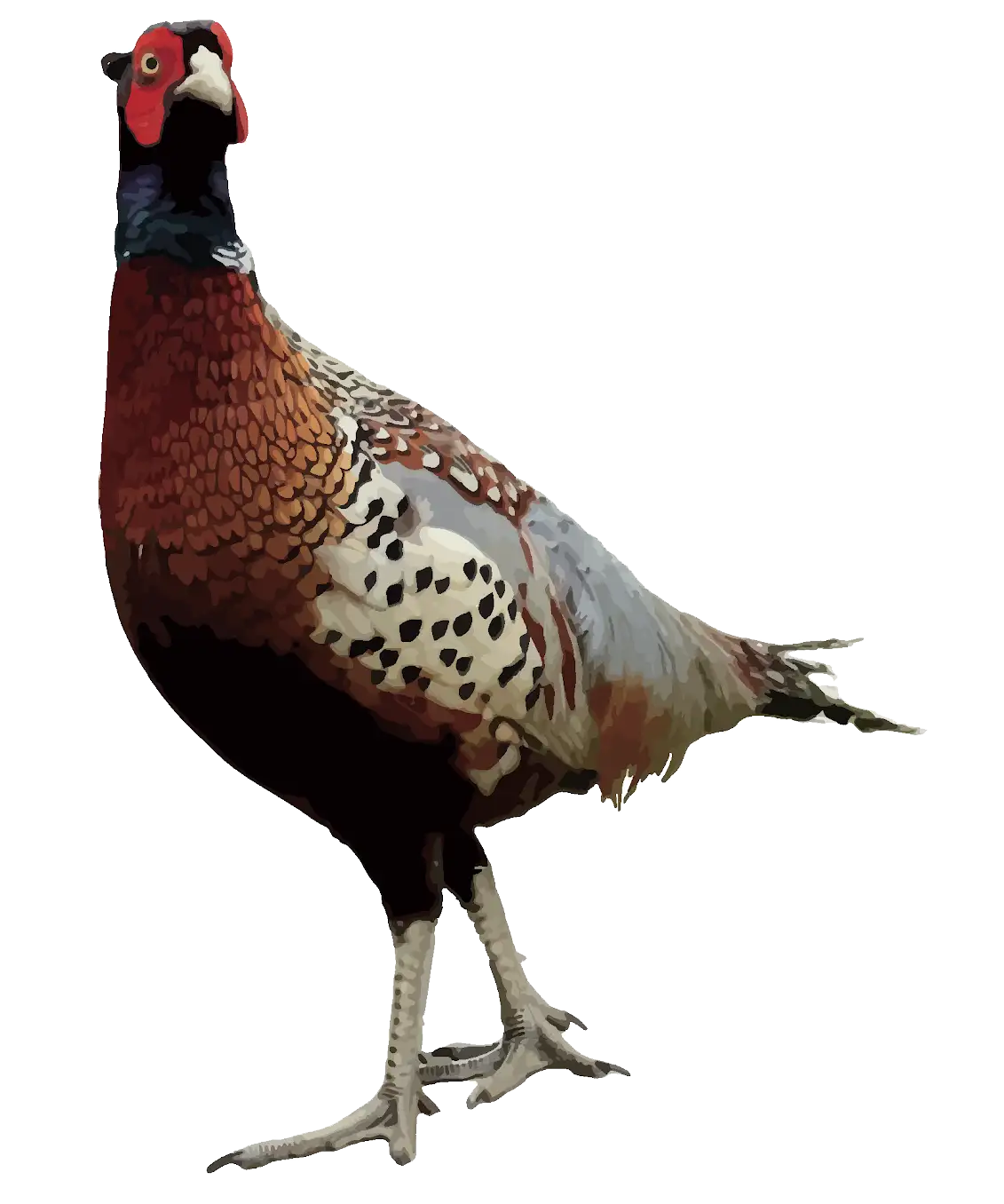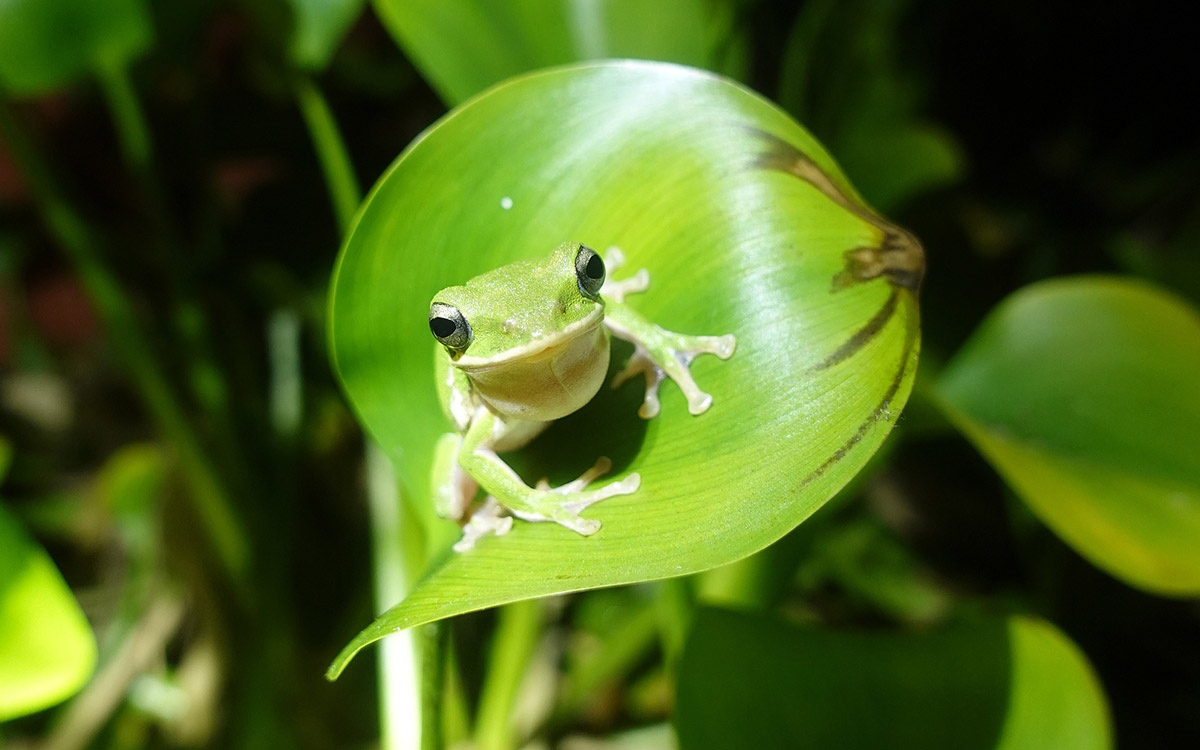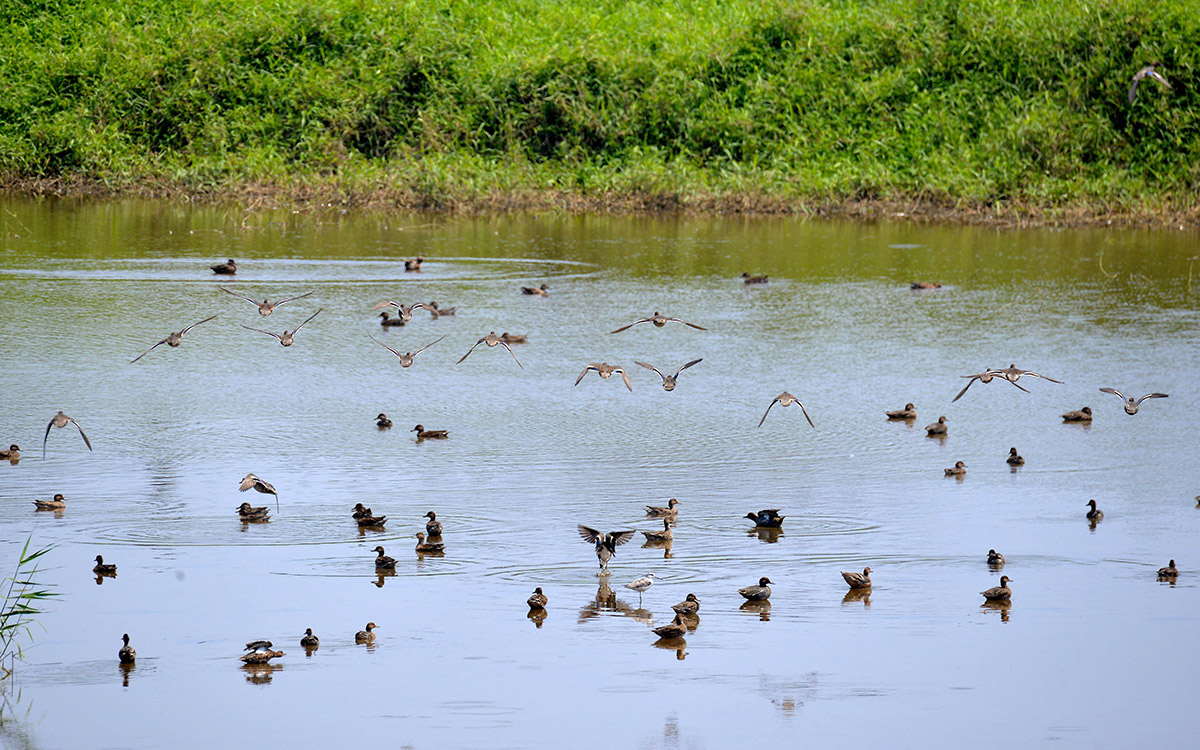Taiwan
Ecological
Network
Cross-sectoral collaboration and biodiversity-focused spatial planning
for connected habitats and resilient social-ecological systems
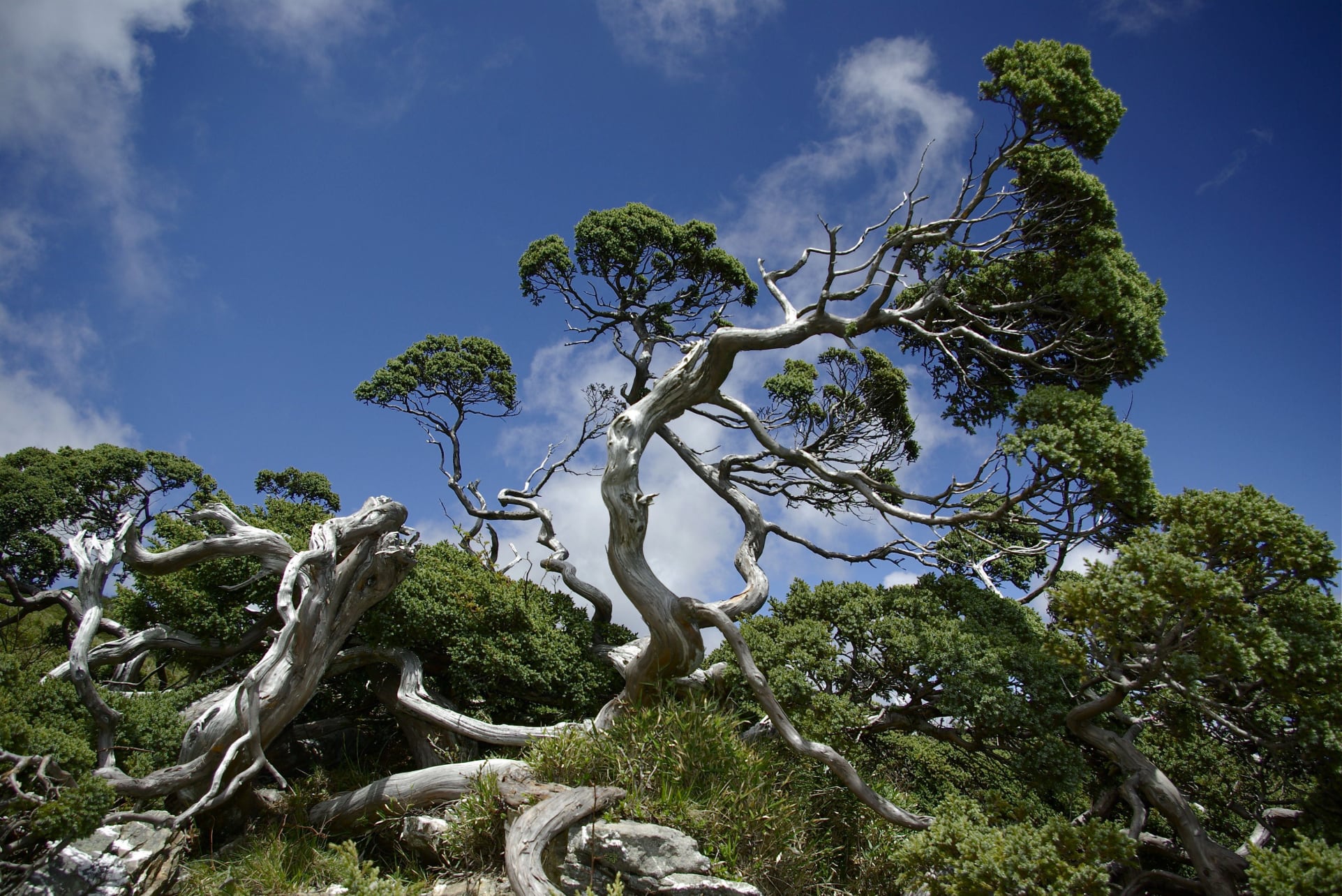
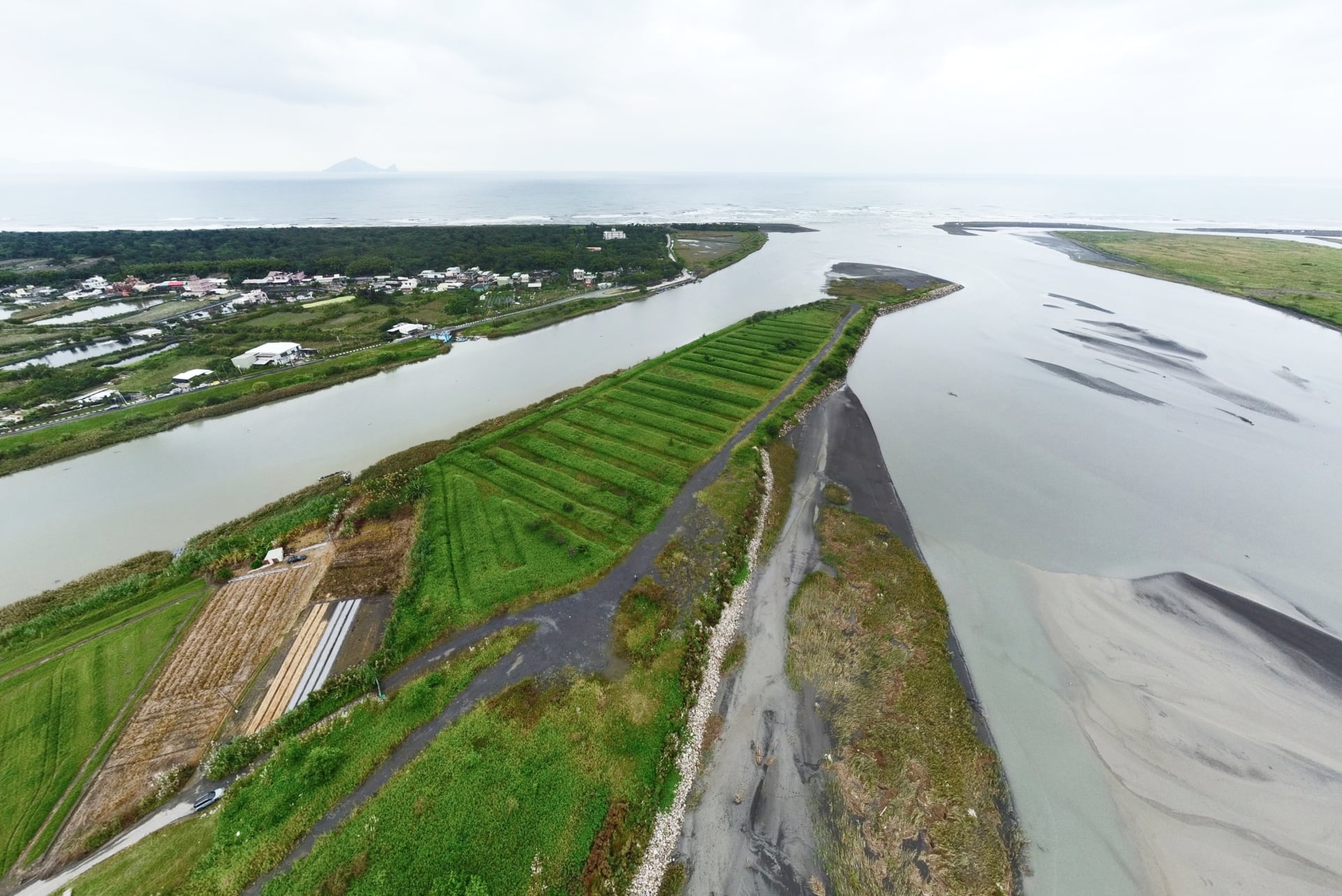

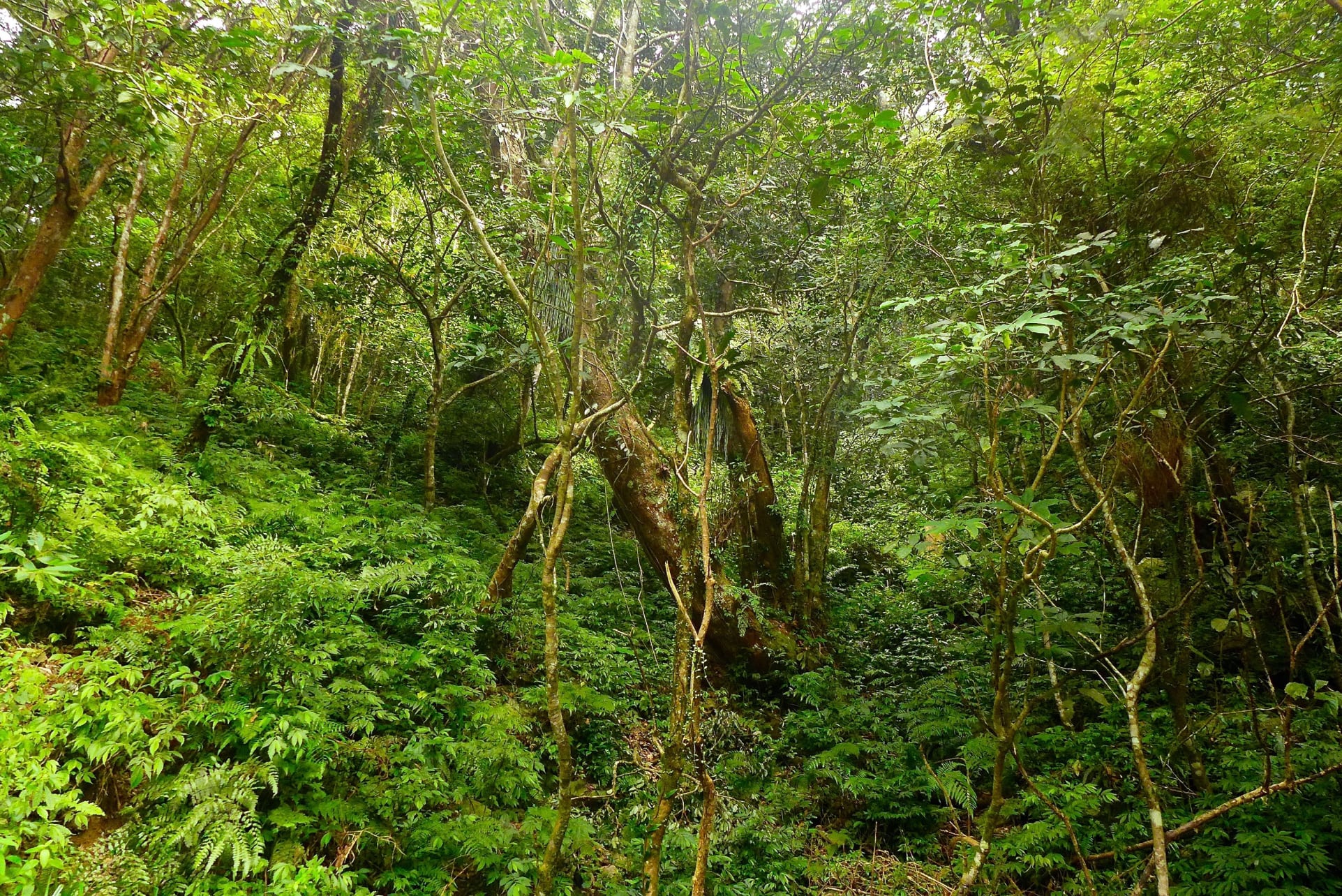
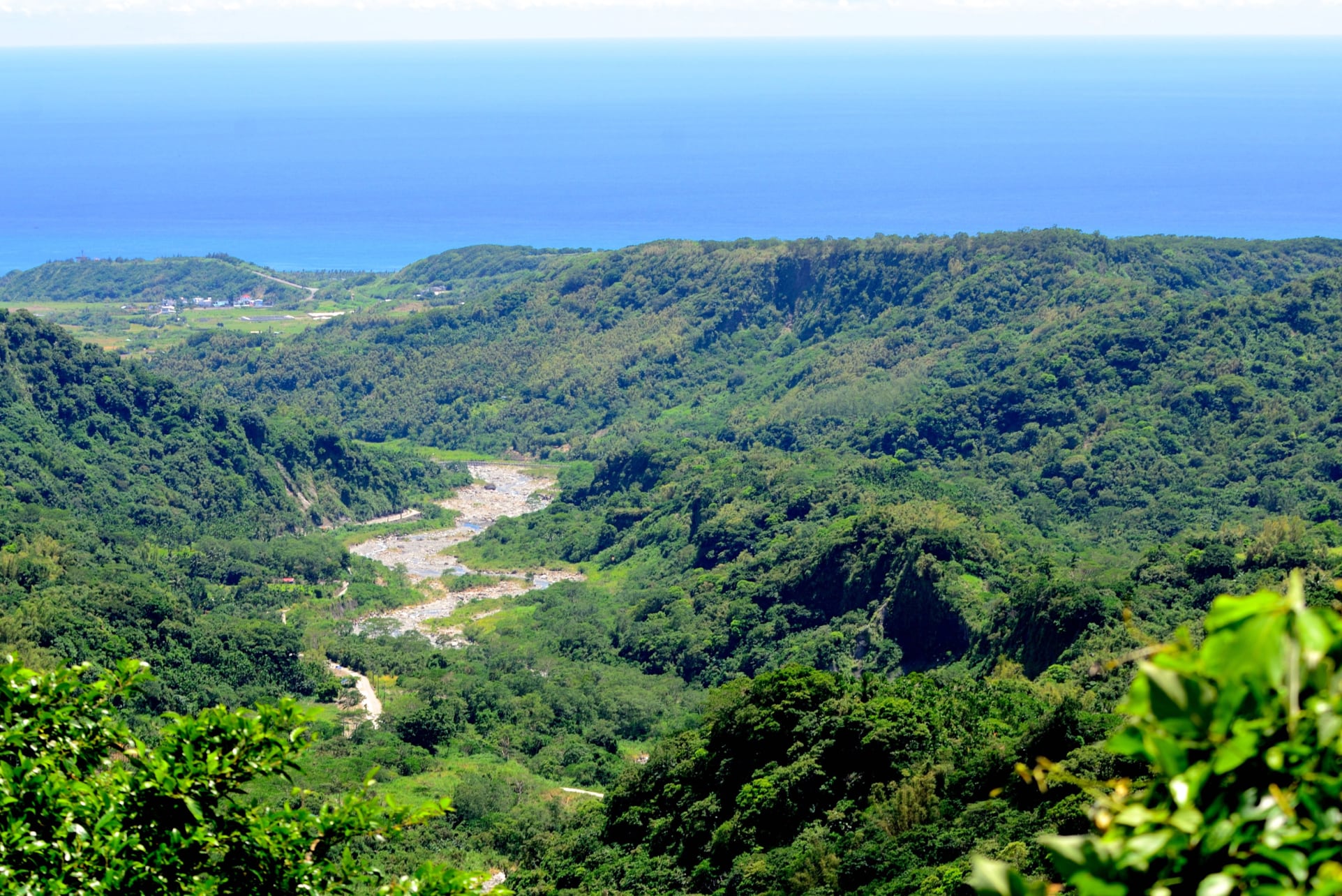
Central Mountain Range: Unbroken
Green Corridor
- Protected areas cover 19.18% of the land area
- State-owned forests cover 42.5% of the land, protecting the island's forest ecosystems
Insufficient Conservation Outside Protected Areas
- 55% of the protected species and 64% of the Red List plants are located outside the well-protected forest areas
- Overlap with human population in shallow mountain and coastal areas
- Habitat fragmentation is becoming increasingly severe
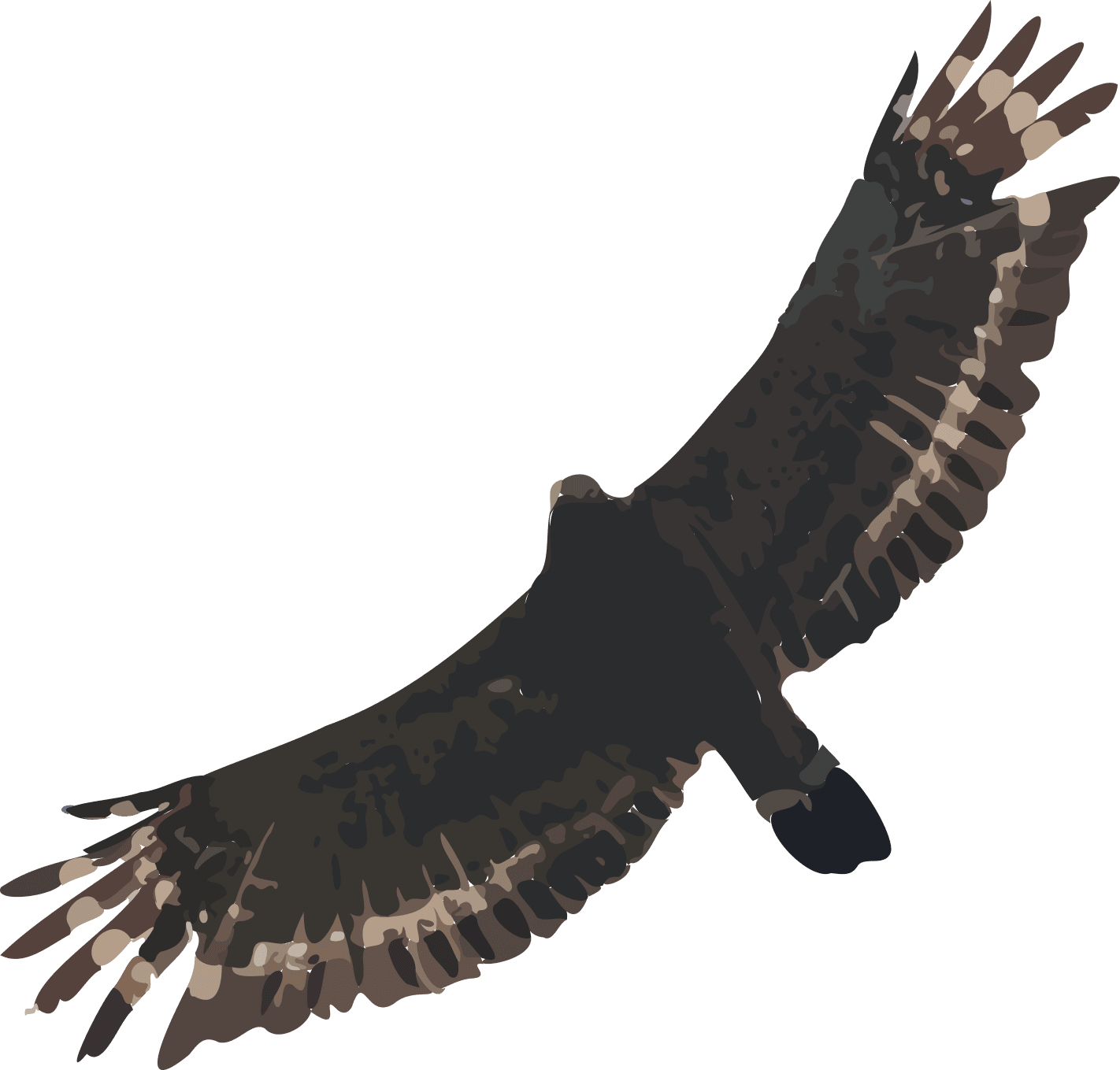
About Taiwan Ecological Network
In 2018, Taiwan Ecological Network (TEN) was introduced by the Forestry and Nature Conservation Agency (FANCA) as the first of its kind islandwide program that combines biodiversity data-based spatial planning and cross-sectoral cooperation for an effective area-based conservation outside of protected areas and implemented through the seven integrated strategies of the TEN.
Two main objectives of TEN focus on:- Restoration and support of resilient, biodiverse, connected, and well-functioning ecosystems.
- Conservation and sustainable use of biodiversity in socio-ecological production landscapes and seascapes (SEPLS) and promotion of community resilience.
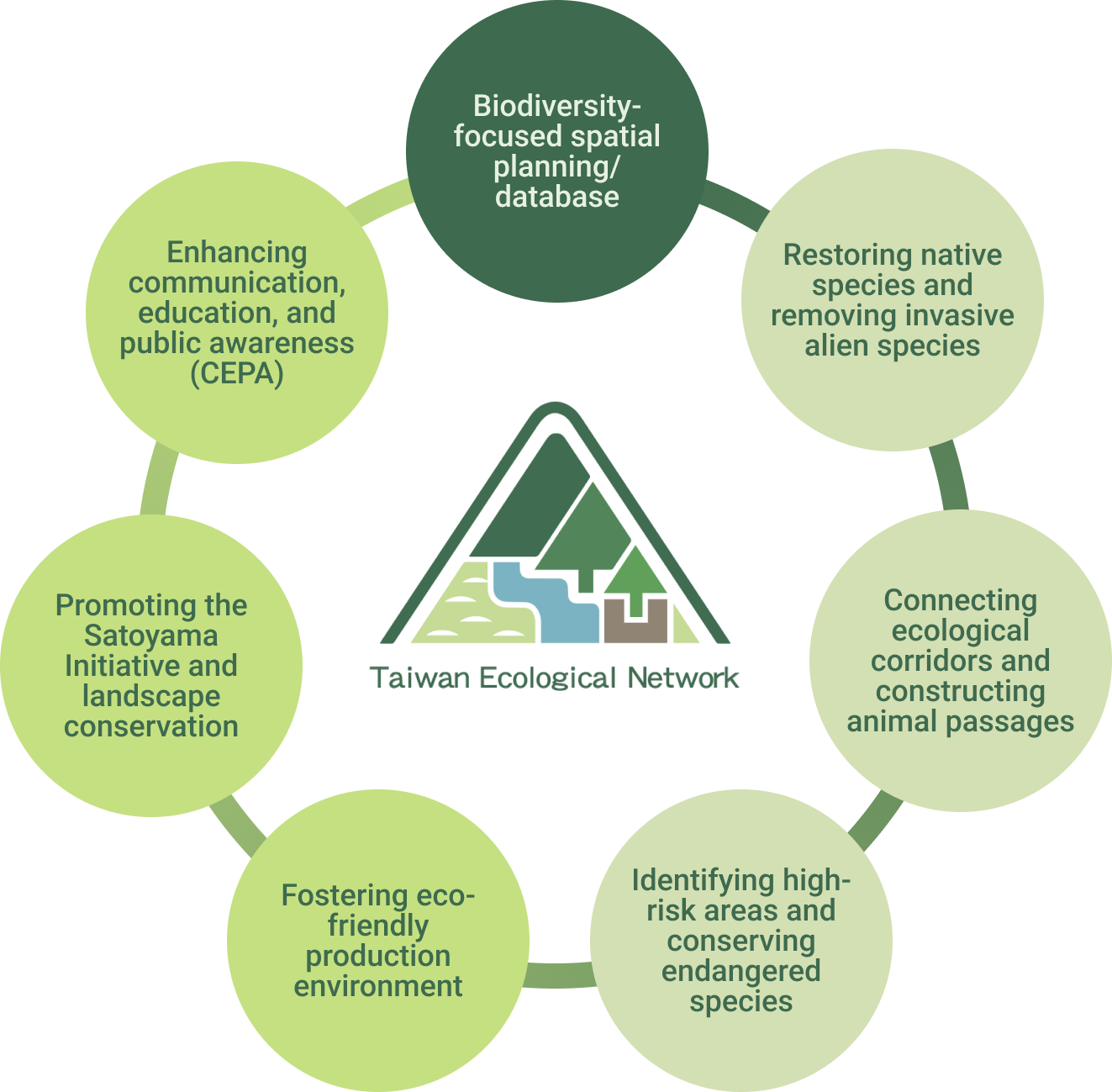
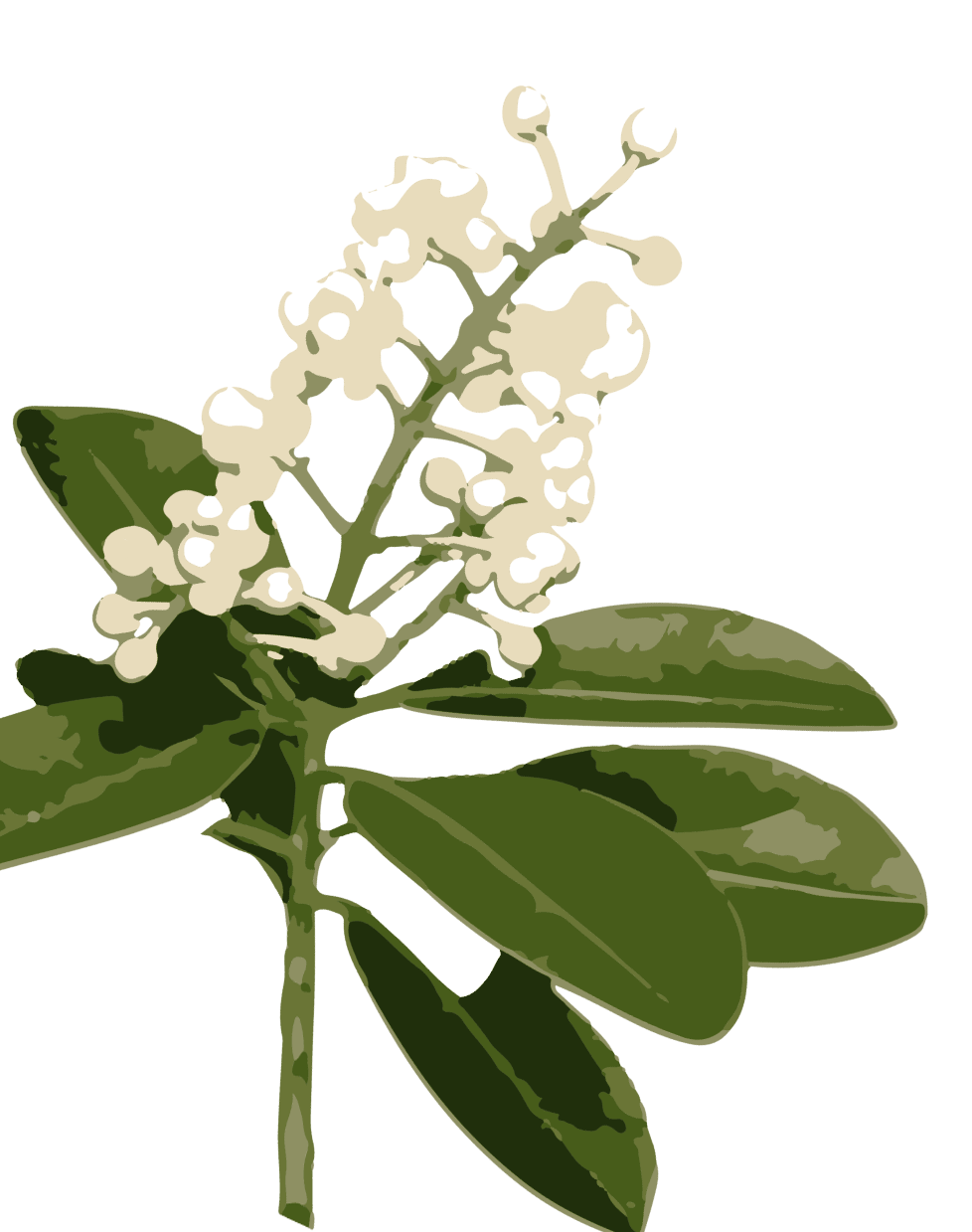
Spatial Planning
36.7% of the land area
Lowland forest and Farmland
River, Stream, Riparian habitat
Farm pond, Grassland, Rural and Urban green space
Fish farm, Paddy field, and Coastal forest
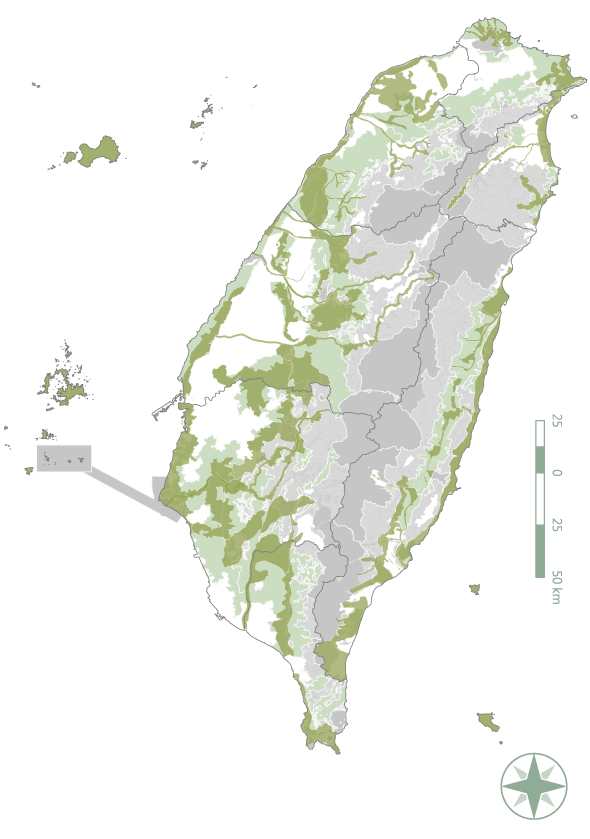
Sharing Ecological Information
Database Integration and Sharing
Faced with challenges such as scattered or inconsistent biodiversity data that are difficult to utilize, the Taiwan Biodiversity Information Alliance (TBIA) was established in 2021. It aims to promote data integration and sharing through collaborative efforts among partner members to enhance the visibility of biodiversity information.
Currently, the alliance consists of 13 members, who are biodiversity-related institutions in Taiwan and have made their biodiversity available to the public.
TBIA launched the "Biodiversity Database Portal System" in 2023, effectively supporting biodiversity scientific research and policymaking.

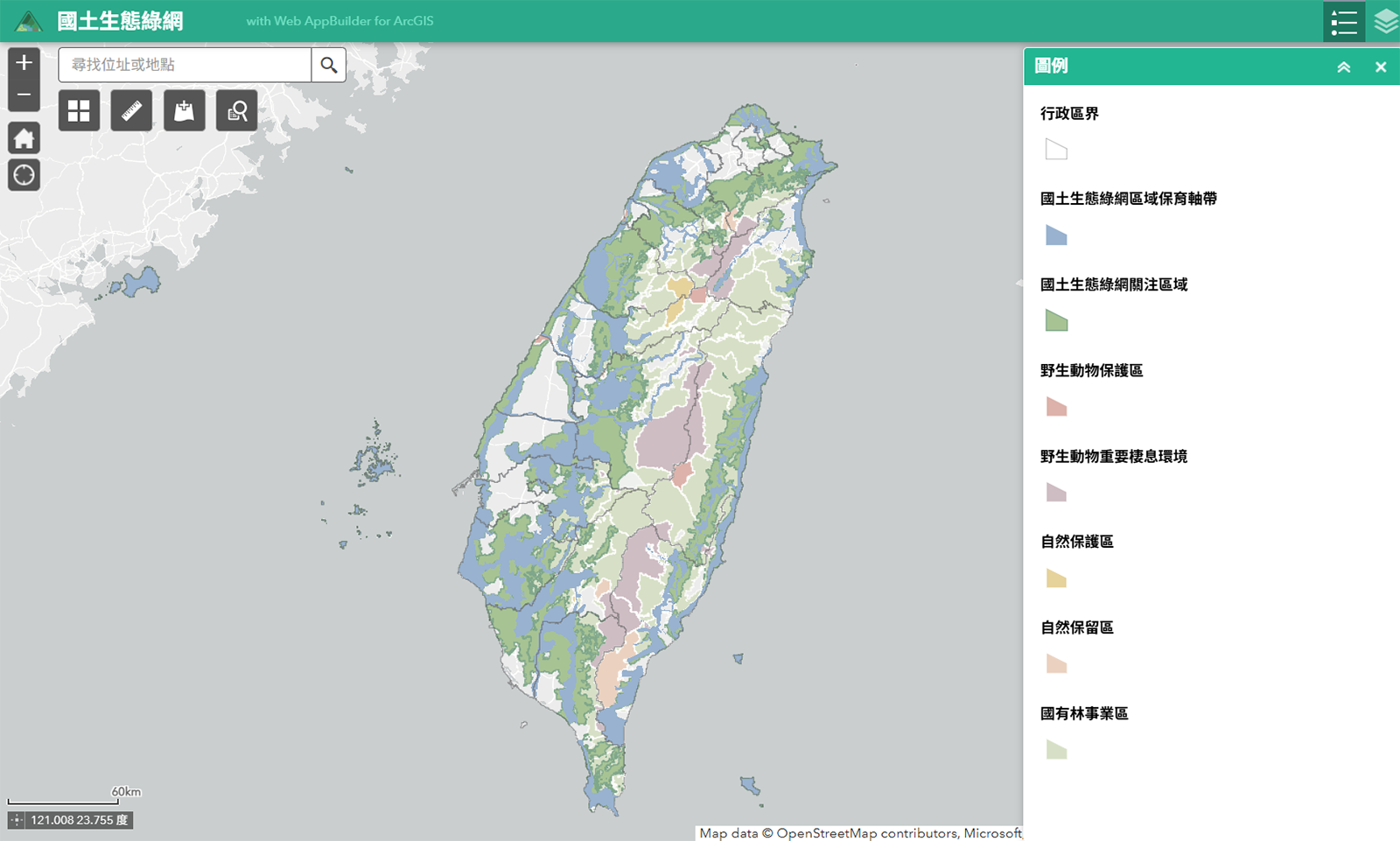
TEN Mapping Platform Now Open for Public Access and Use
The TEN mapping platform provides a range of spatial data, making it easy to identify area-based conservation information, including designated purposes, conservation strategies, focus habitats, focus species, biodiversity hotspots, etc.
Those biodiversity data support a wide range of spatial analysis, infrastructure assessment, and land planning. Open data enables public and private sector stakeholders to work together effectively with consistent information to protect Taiwan's ecological environment.
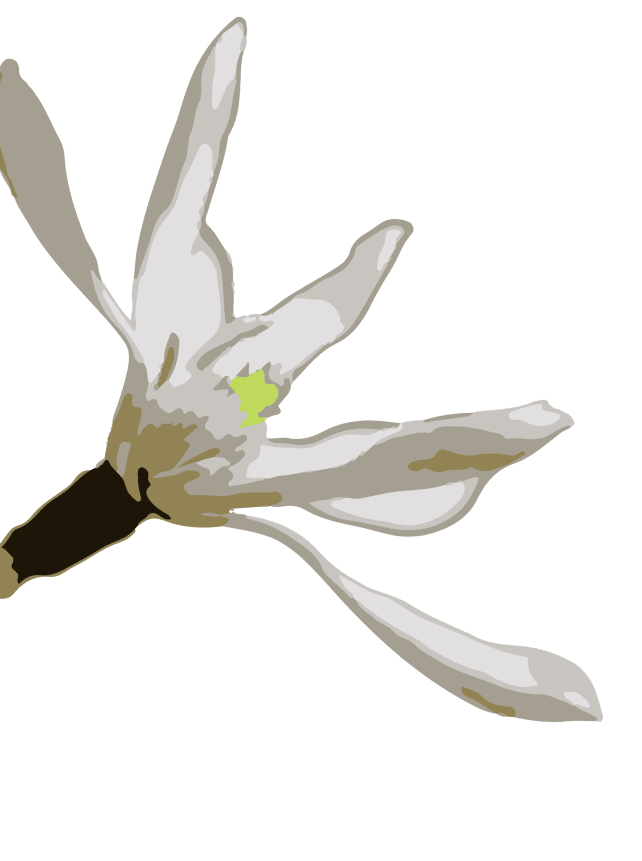
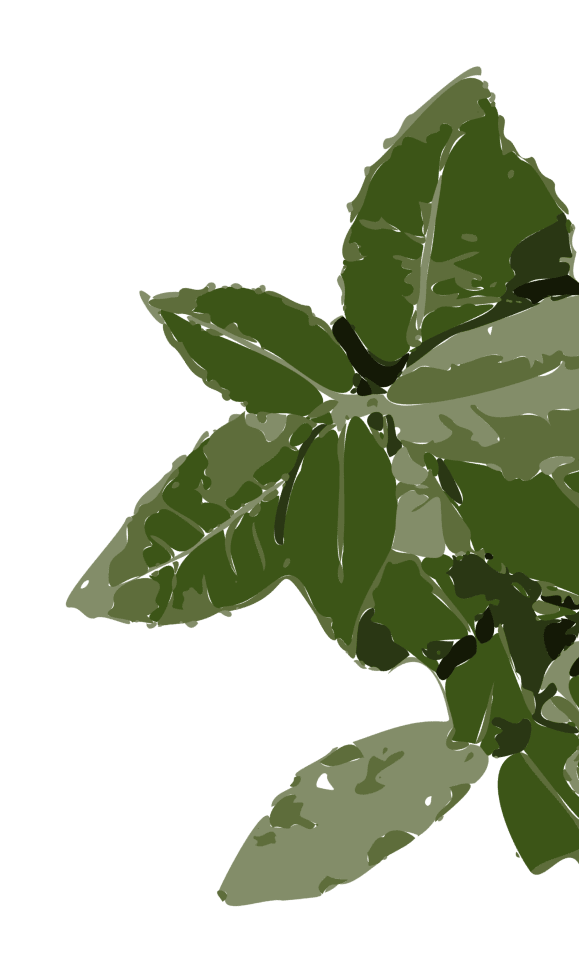
Implementing Nature-Based Solutions
Through Cross-Sectoral Collaboration
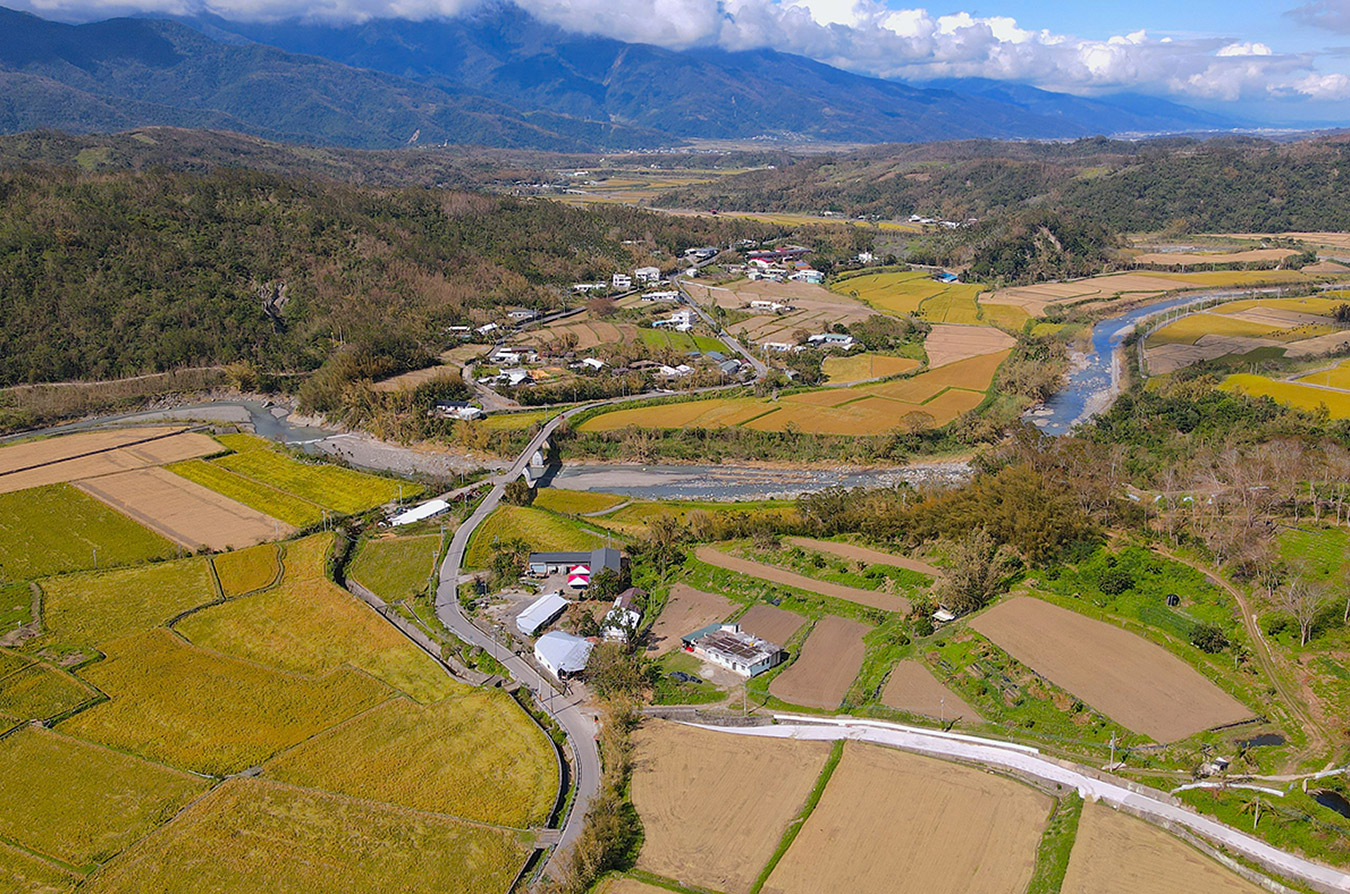
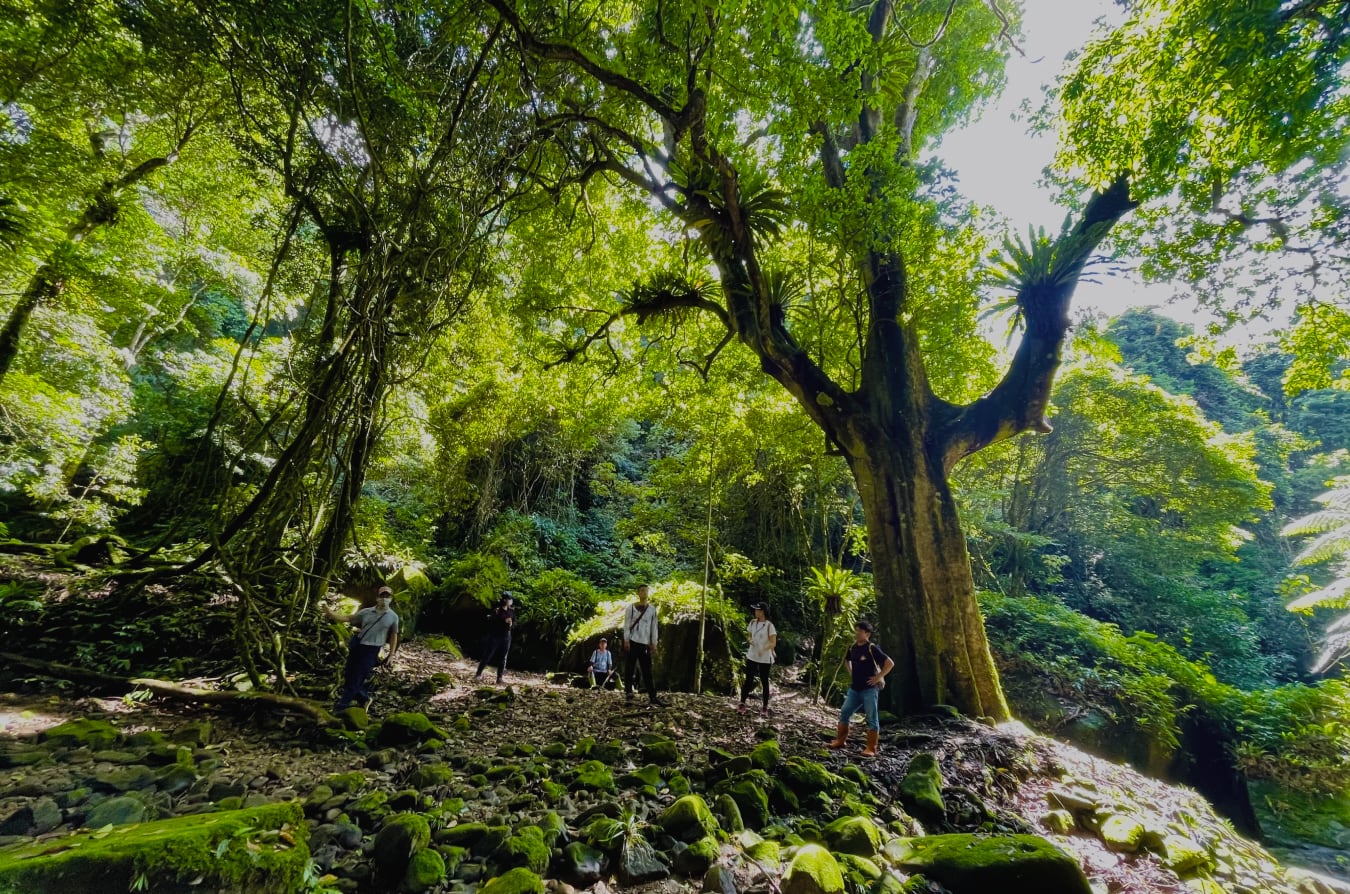
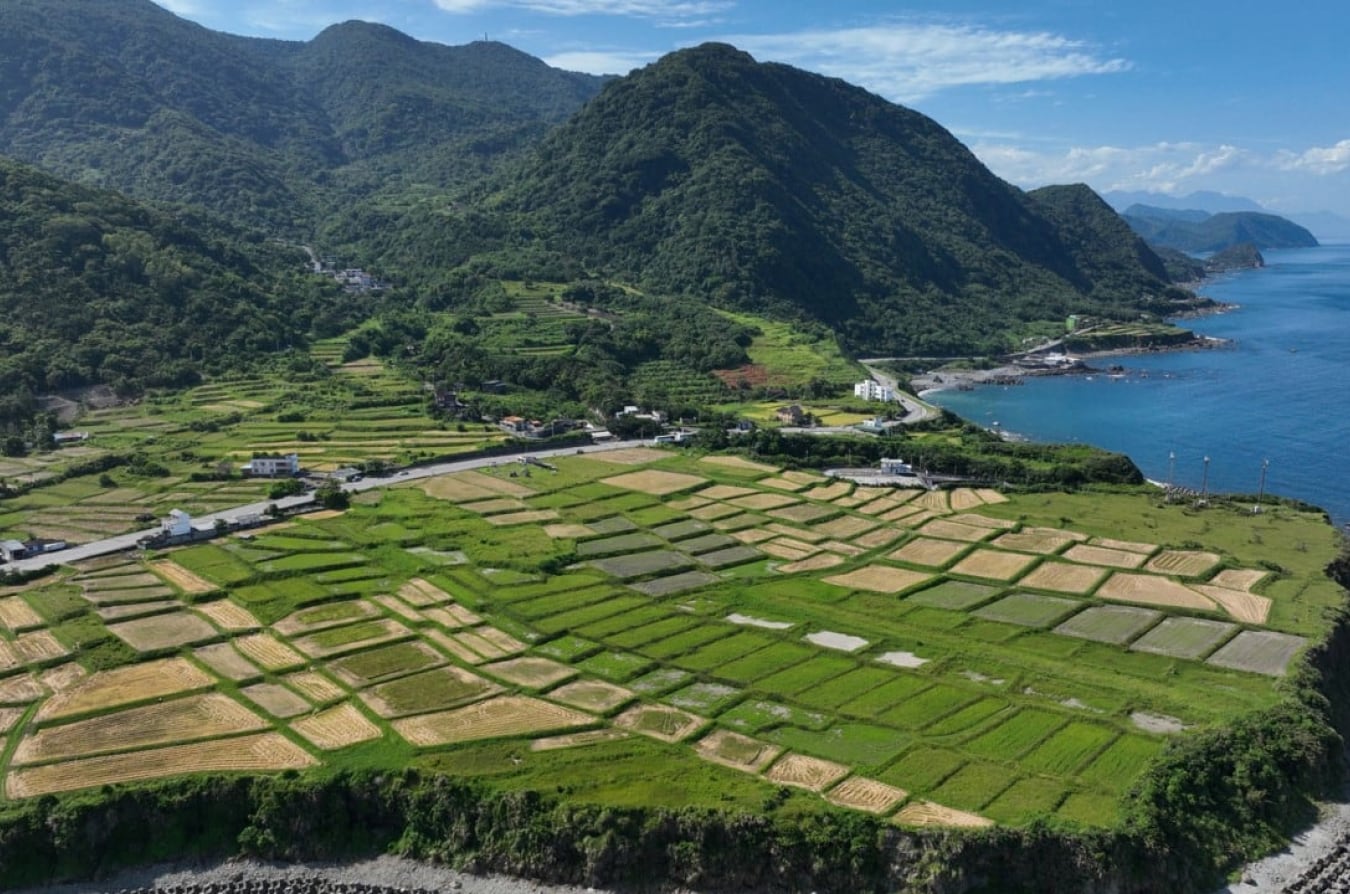
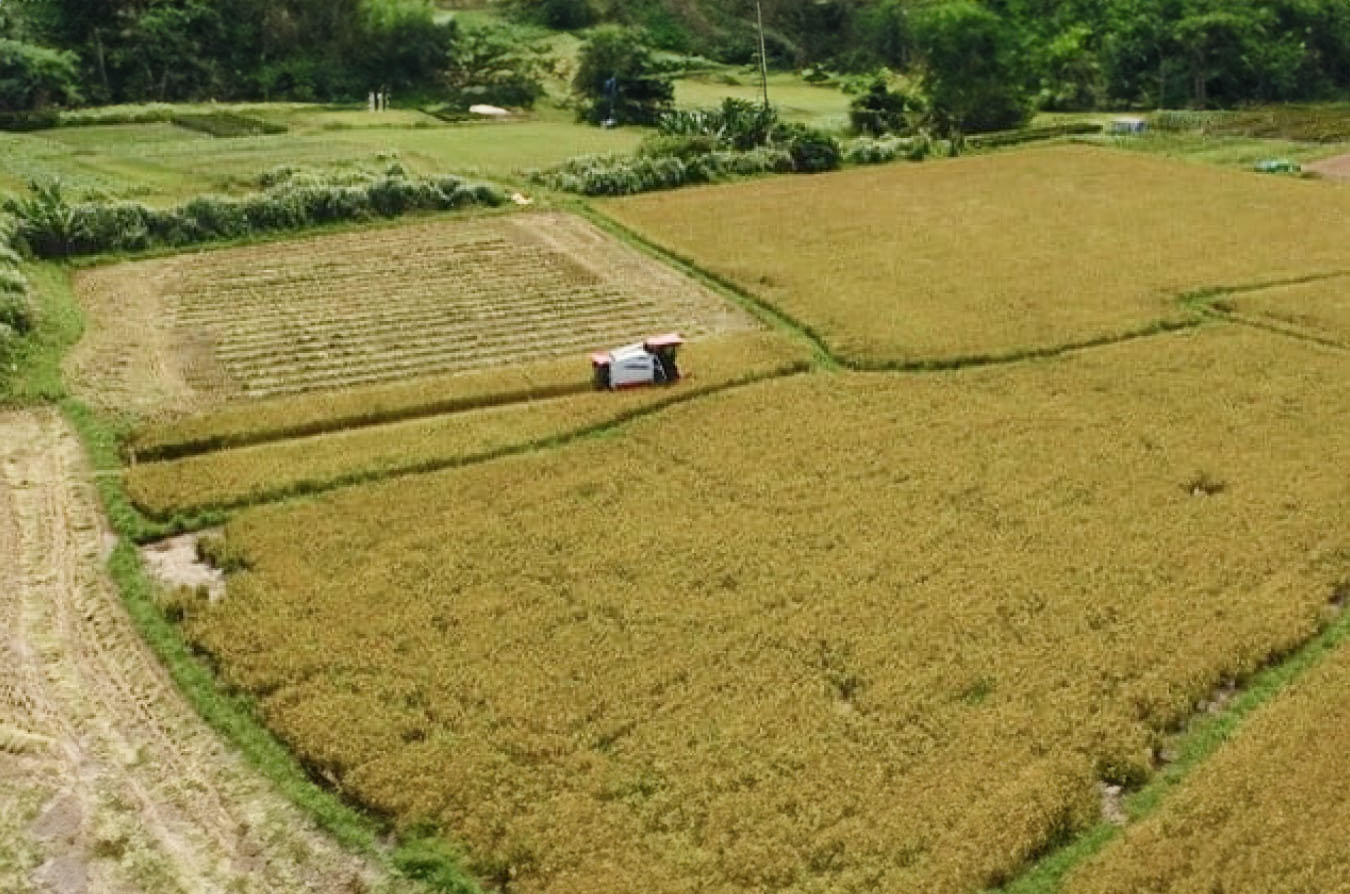
TEN establishes 8 regional cooperation platforms, making cross-sectoral collaboration possible through cross-disciplinary communication and information exchange. In addition, by forming partnerships with local communities and academic institutions, the program promotes the Satoyama Initiative and landscape conservation while also encouraging private companies and civil organizations to bring more innovation and resources.
TEN has a multifaceted mechanism that develops a flexible approach to discussing how to address various social and economic challenges and improve the ecosystem. TEN is a good framework for implementing nature-based solutions in Taiwan.
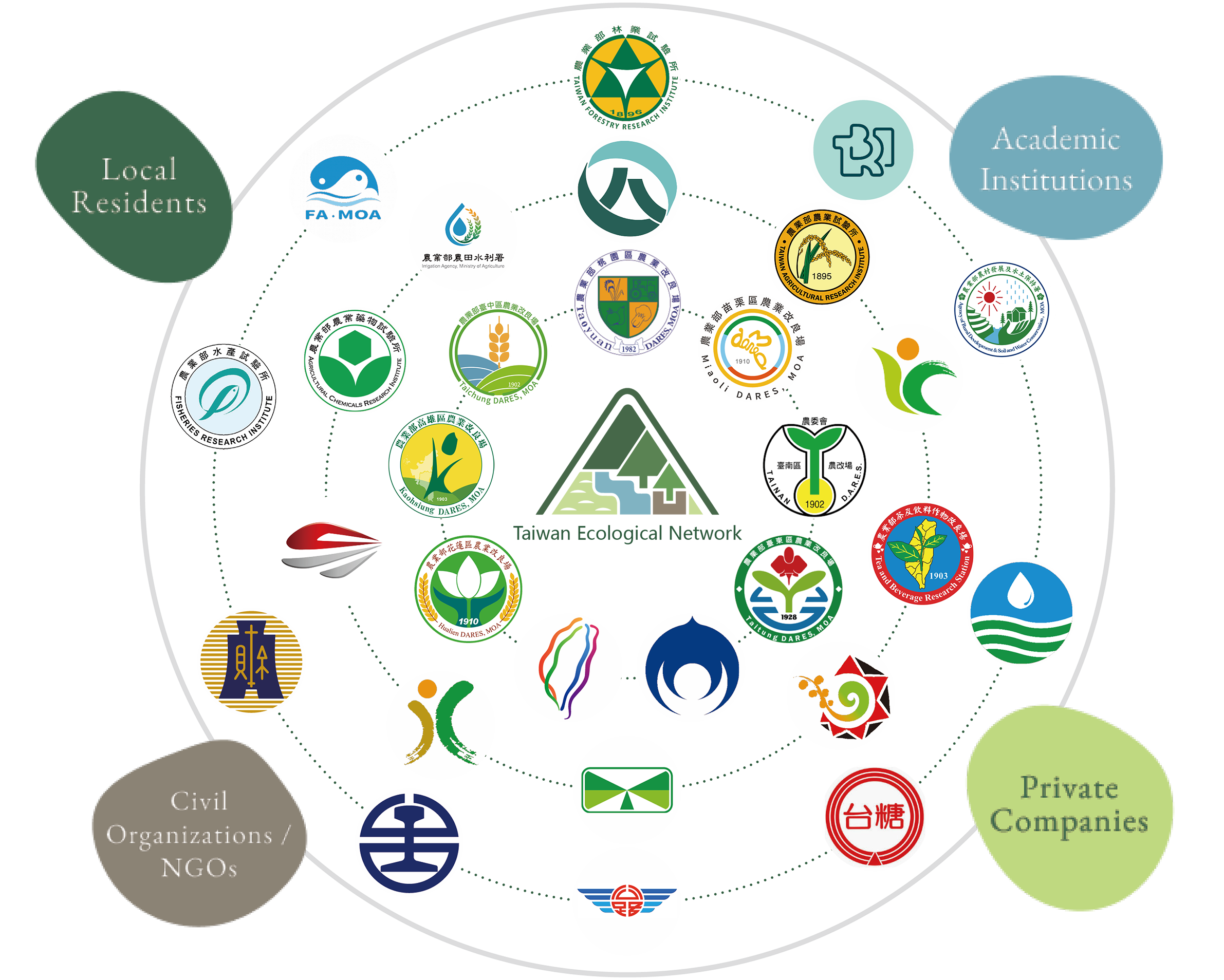
Connecting Internationally
Common Yet Differentiated Responsibilities
Taiwan adheres to the Convention on Biological Diversity, revising the "National Biodiversity Strategies and Action Plan (NBSAP)", and TEN is the best approach to achieve conservation goals.
Taiwan actively engages in and supports global efforts to promote biodiversity, taking on the shared responsibility of protecting the Earth's environment and reducing resource consumption.
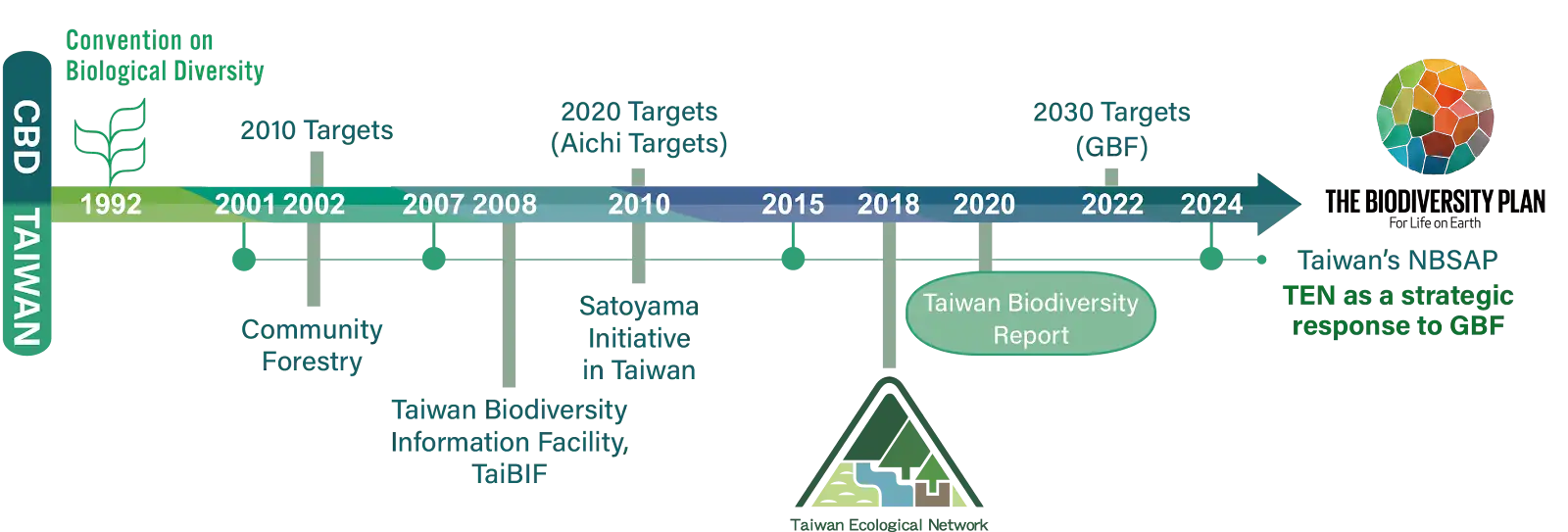
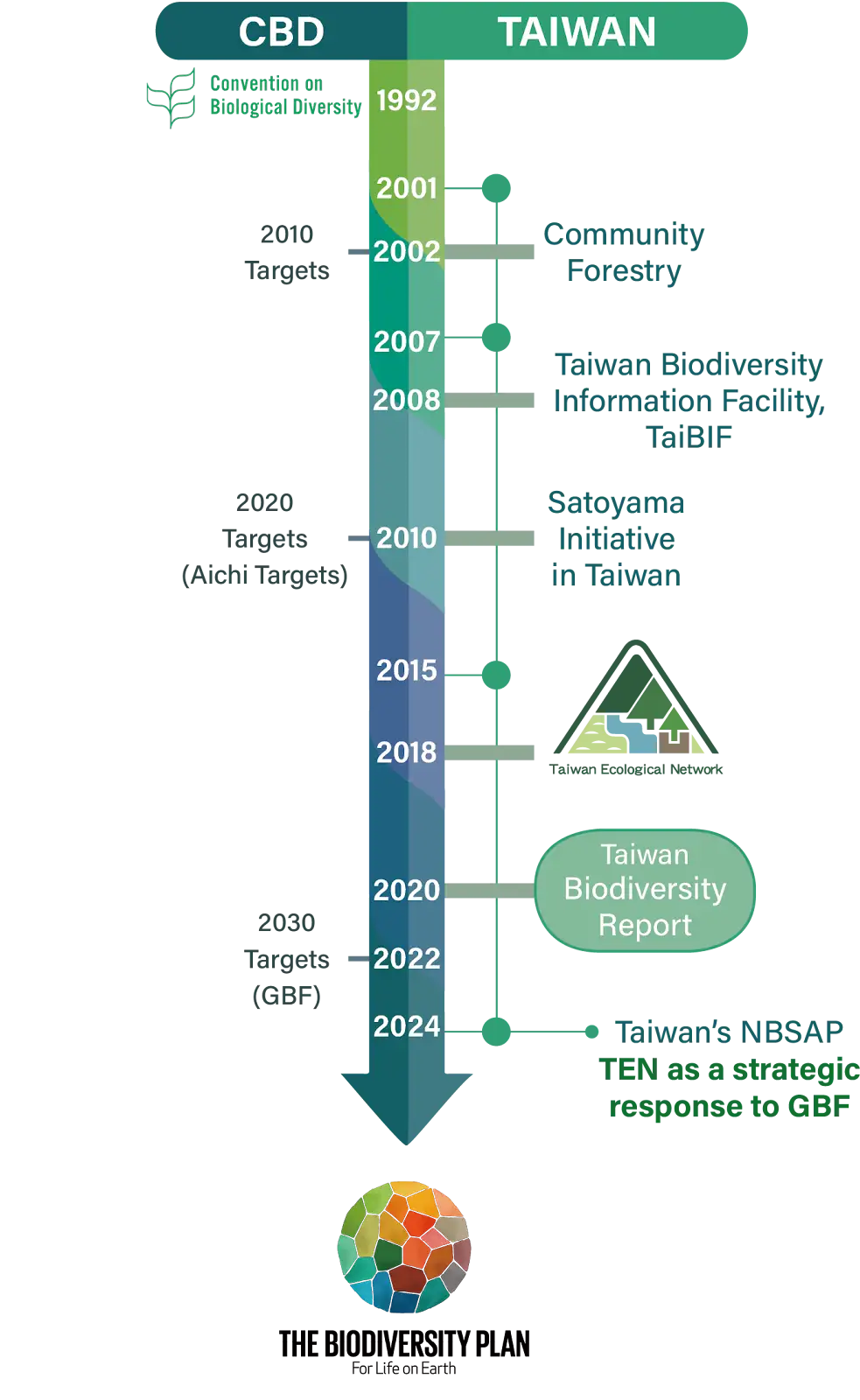
TEN Program Achievements Receive International Recognition
Leveraging the TEN Program as a Core Strategy for Biodiversity Conservation
Taiwan Ecological Network (TEN) is the island’s driving force for attaining the 2030 mission and 2050 vision of the Kunming-Montreal Global Biodiversity Framework (GBF).
In the future, we will continue to deepen our efforts and seek more international cooperation to jointly address the global biodiversity crisis. Through these efforts, we believe Taiwan will become one of the global exemplars of biodiversity conservation, providing valuable references and insights for other countries and regions.
The TEN Program for Achieving 2030 Biodiversity Targets
Target 01
Target 02
Target 03
Target 04
Target 05
Target 06
Target 07
Target 08
Target 09
Target 10
Target 11
Target 12
Target 13
Target 14
Target 15
Target 16
Target 17
Target 18
Target 19
Target 20
Target 21
Target 22
Target 23

Wandering TEN
Implementation of TEN on the ground
